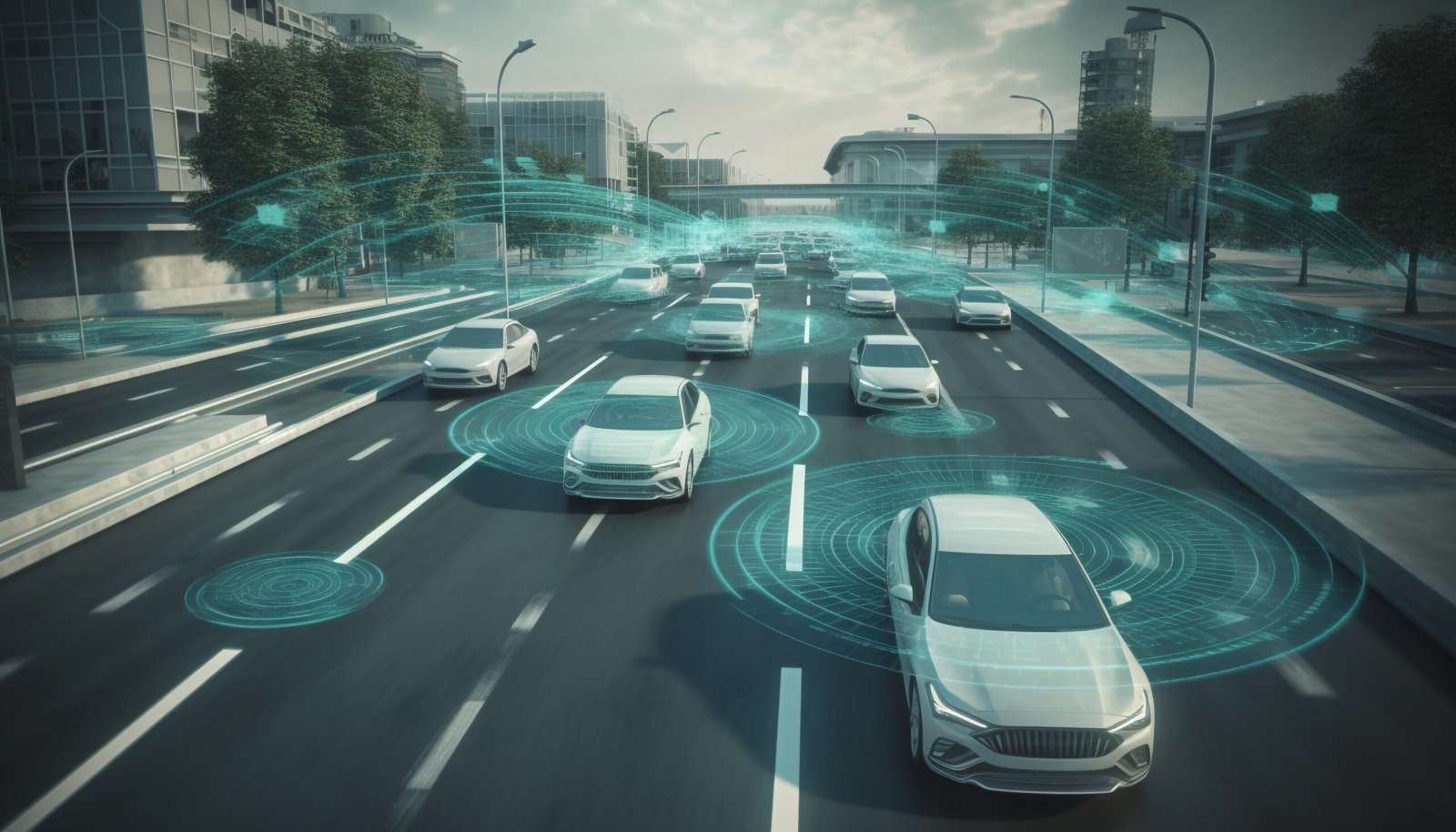Government releases guidelines for EV charging infrastructure under PM E-Drive

The Ministry of Heavy Industries (MHI) has issued detailed operational guidelines for setting up public electric vehicle (EV) charging infrastructure under the PM E-Drive scheme. The initiative aims to accelerate the adoption of EVs in India by addressing one of the sector’s biggest challenges — the lack of adequate charging facilities.
₹2,000 crore allocation for charging infra
The ₹10,000 crore PM E-Drive scheme has earmarked ₹2,000 crore to subsidise public charging infrastructure. This includes the development of 72,300 new charging points, battery swapping stations, and battery charging nationwide in the country.
Subsidies will primarily cover upstream infrastructure like transformers, cables, civil works, and safety systems. In some cases, support will also extend to EV Supply Equipment (EVSE), with subsidies benchmarked against Bureau of Energy Efficiency (BEE) costs or actual costs, whichever is lower.
Focus on high-density EV zones
Priority will be given to urban centres with over one million population, smart cities, state capitals, and major highways. Government-owned locations — such as PSU fuel stations, airports, bus/metro stations, ports, and NHAI toll plazas — will receive up to 80% subsidy for infrastructure and 70% for EVSE.
Charging points in government buildings like offices, schools, and hospitals will get a 100% subsidy, provided they are open for public use.
Technical standards and benchmarks
The subsidy benchmarks vary by charger type and capacity — from ₹6.04 lakh for chargers up to 50 kW to ₹24 lakh for those above 150 kW. For EVSE, costs range from ₹7.25 lakh for a 50 kW CCS-II charger to ₹11.68 lakh for a 100 kW CCS-II unit.
The guidelines mandate compliance with the latest Ministry of Power standards to ensure interoperability. Two- and three-wheelers will use Light EV DC and AC/DC Combo connectors (up to 12 kW), while four-wheelers, buses, and trucks will rely on CCS-II chargers (50–500 kW).
National Unified EV Charging Hub integration
All new charging stations will be linked to the National Unified EV Charging Hub, enabling real-time updates on charger availability and facilitating digital payments. BHEL will act as the project implementation agency, and subsidies will be released in two stages based on performance.
Push towards EV adoption
India currently has around 30,000 public EV chargers, far behind global leaders. The PM E-Drive scheme targets 22,100 fast chargers for cars, 1,800 for buses, and 48,400 for two- and three-wheelers, bridging the gap between EV demand and charging supply.
By prioritising high-density EV areas and adopting uniform technical standards, the government aims to ease range anxiety and create a robust national EV charging network to support its ambitious clean mobility goals.
